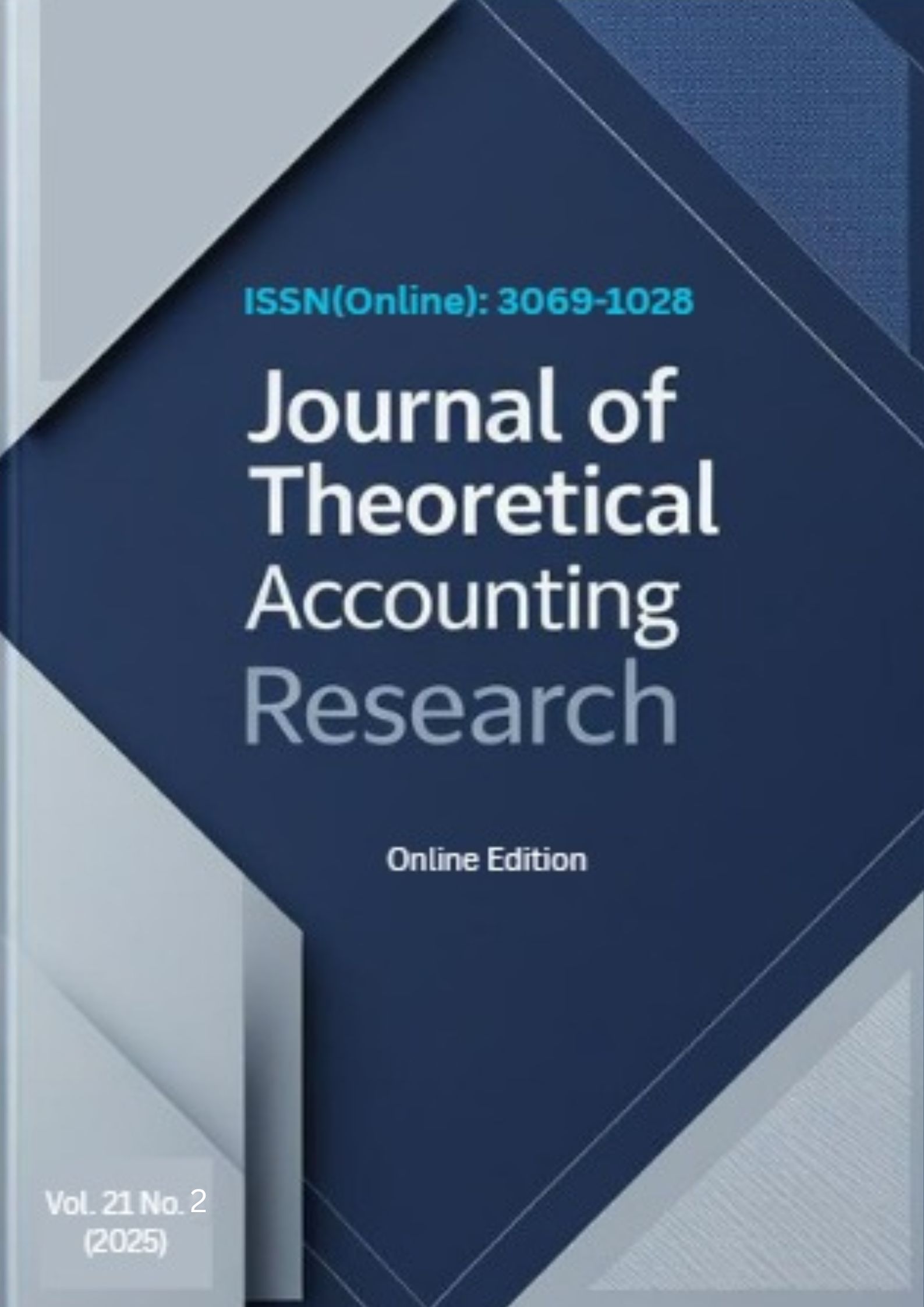Analyzing Revenue Performance Of Municipal Corporations In India
Main Article Content
Abstract
Municipal corporations constitute the third tier of government and increasing urbanisation has led to a massive demand for urban infrastructure which in turn underlines the need for adequate revenue provisioning. The paper has focused on the revenue performance employing two ratios viz ratio of own revenues to revenue receipts and, own revenues to revenue expenditure which reflect the revenue raising ability, fiscal autonomy and ability to support current expenditure for the time period 2019-20 to 202-23. The results indicate that on an average municipal corporations are able to raise and finance only 53-54 percent of their revenue requirements and hence there is a significant reliance on funds from the State and central government. The results of clustering analysis reiterates the findings on spatial effects.
Article Details
Section

This work is licensed under a Creative Commons Attribution 4.0 International License.
How to Cite
References
1. Ahluwalia, I. J., Mohanty, P. K., Mathur, O., & Roy, D. (2019). State of Municipal Finances in India (No. 19-r-03). Indian Council for Research on International Economic Relations (ICRIER), New Delhi, India.
2. Buchanan, J. M. (1960). The Public Finances: An Introductory Textbook. Richard D. Irwin, Inc.
3. Chattopadhyay, S. (2015). Financing India’s Urban Infrastructure: Current Practices and Reform Options. Journal of Infrastructure Development, 7(1), 55-75.
4. Huo X, Bi S and Yin Y (2023), The impact of fiscal decentralization and intergovernmental competition on the local government debt risk: Evidence from China. Front. Environ. Sci. 11:1103822. doi: 10.3389/fenvs.2023.110382
5. Jain, M., & Joshi, R. (2015). Municipal Finances in India: Unresolved Issues and Way Forward. Cities: The 21st Century India.
6. Mehta, M., Mehta, D. &, Bhavsar, D.,(2024). Sixteenth Finance Commission and Urban Local Governments, Economic & Political Weekly, vol. LIX no 37, pp.17-20
7. Mishra, A. K., & Mohanty, P. K. (2018). Urban Infrastructure Financing in India: Applying the Benefit and Earmarking Principles of Taxation. Journal of Social and Economic Development, 20(1), 110-128.
8. Mohanty, P.K., Misra, B.M., Goyal, R., & Jeromi, P.D. (2007). Municipal Finance in India: An Assessment. Reserve Bank of India, Mumbai, Department of Economic Analysis and Policy.
9. Nallathiga, R., & Campus, M. H. I. (2014). Analysing the Finances of Urban Local Bodies in India: A Cross-Sectional Study. SSRN.
10. Oates, W. E. (1969). The Effects of Property Taxes and Local Public Spending on Property Values: An Empirical Study of Tax Capitalization and the Tiebout Hypothesis. Journal of Political Economy, 77 (6), 957–971. doi:10.1086/259584
11. Rao, M. G., and Bird, R. M. (2010). Urban Governance and Finance in India. NIPFP Working Paper 2010-68, April.
12. Reserve Bank of India (2024): Report on Municipal Finances, November 2024.
13. Subalakshmi, K. & Raghunathan, U. (2023) Assessing the Financial Health of Indian Cities, National Institute of Urban Affairs and Munify Datatech Private Ltd, August. https://niua.in/intranet/sites/default/files/2928.pdf
14. Tiebout, C. M. (1956). A Pure Theory of Local Expenditures. Journal of Political Economy, 64 (5), 416–424.
